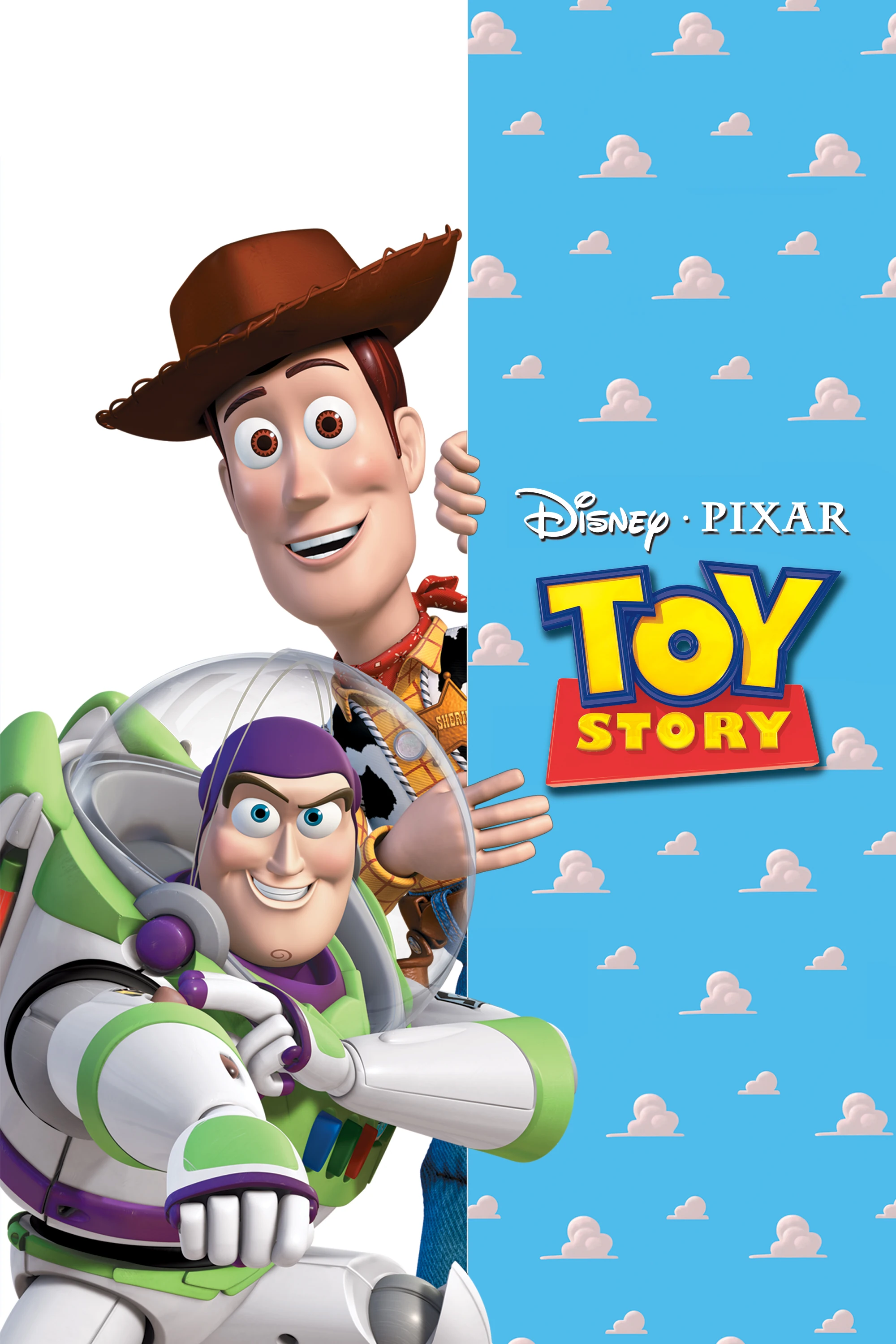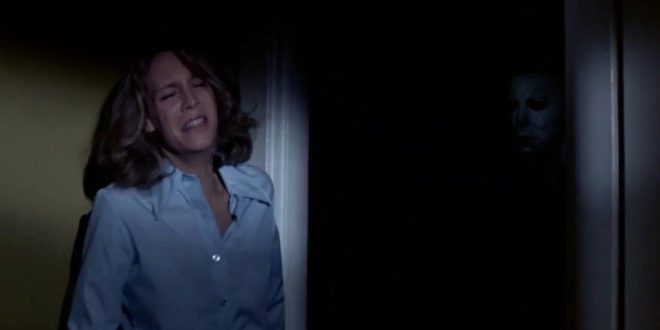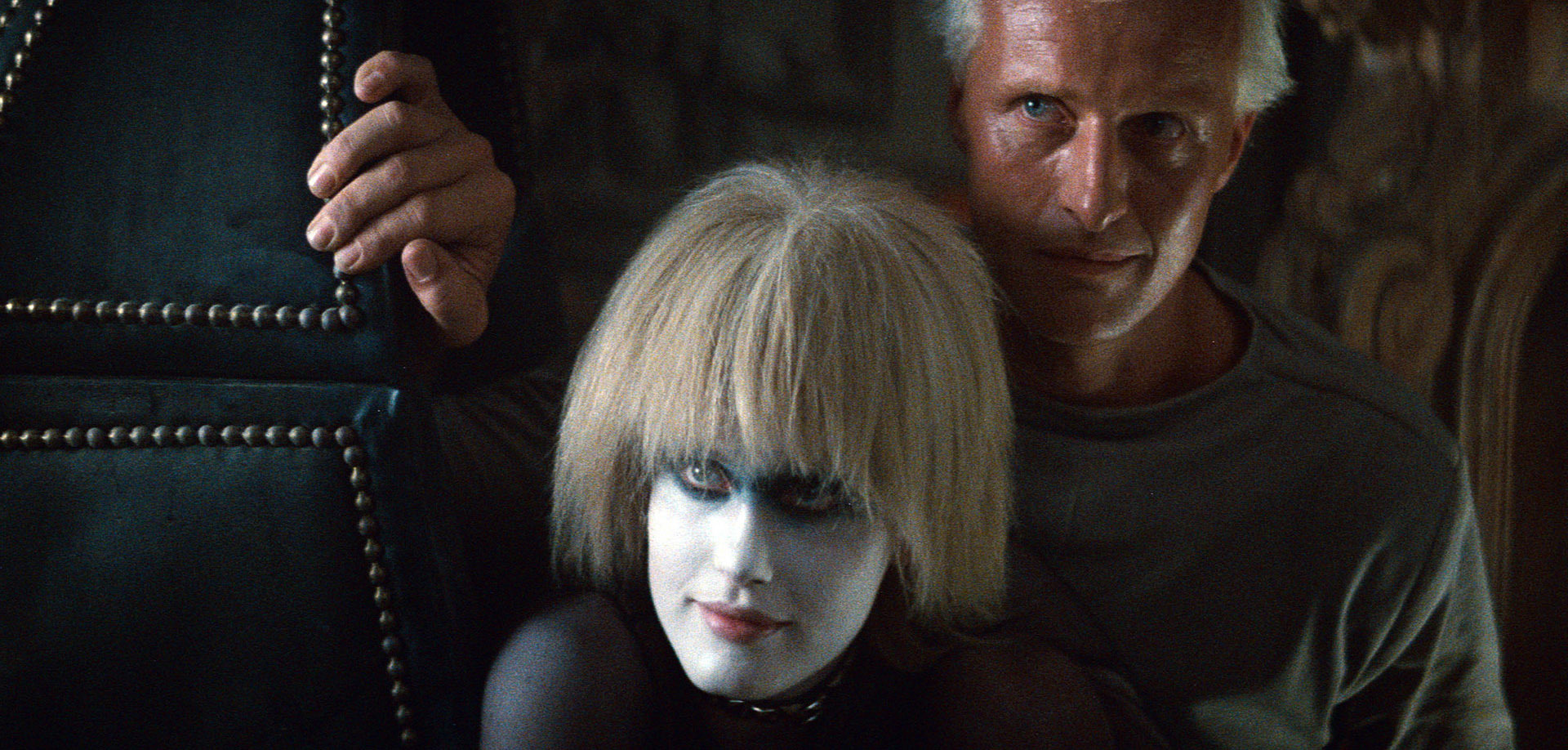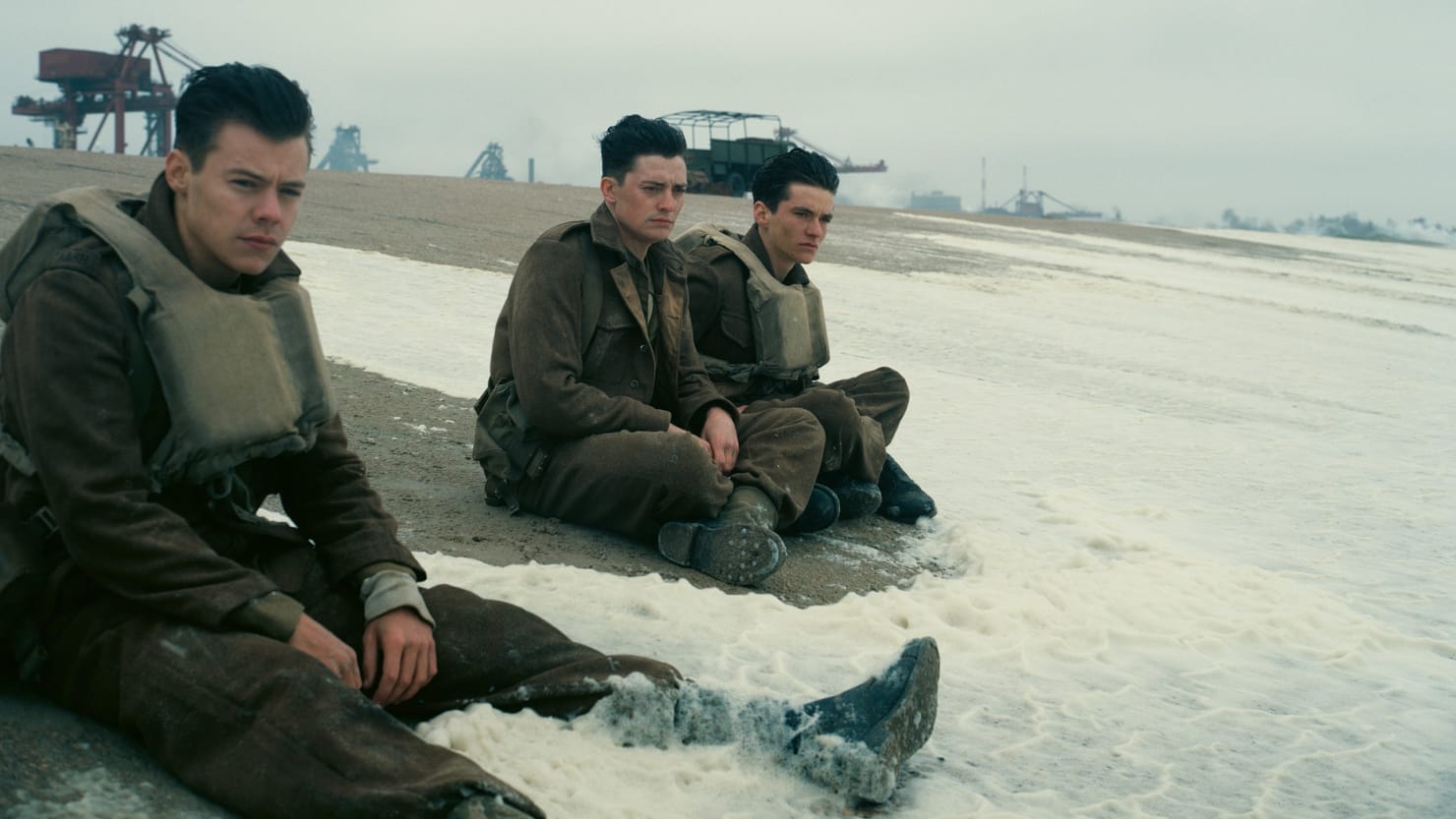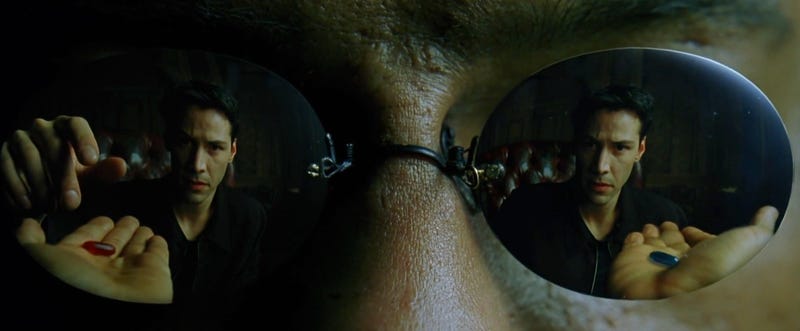This is that kind of superhero movie for those who want a relative break from all of the $200+ million blowout epics. Despite what many may say, we need to have this every once in a while. This superhero comedy actioner was released worldwide on July 6th, 2018, marking the 20th (!) film in the impossibly successful Marvel Cinematic Universe. Receiving positive reviews, it has so far grossed over $$450 million at the box office against a budget of around $162 million. And that is reportedly one of the franchise’s lowest budgets to date. Following the success of the first Ant-Man in 2015, director Peyton Reed was immediately excited to get involved with the sequel. According to him, including the titular female hero in the second go-around was a “no-brainer” and constantly insisted that they were equal to one another. It’s also the first Marvel film to feature a female superhero in a lead role, even if it’s shared with her male co-star. Taking place shortly before the events of Avengers: Infinity War, we once again find star/co-writer Paul Rudd as Scott Lang, a petty con man turned crime-fighting superhero with the technology to shrink or grow in size. In the last few days of his house arrest, he gets a signal that might lead to Janet Van Dyne, the original Wasp and wife to Pym Particle inventor Hank Pym, who vanished into the quantum realm decades earlier. This attracts the attention of Pym and his daughter Hope, who seeks to take her mother’s mantle as the Wasp, and have to perform a few heists to get the right equipment. They are, however, being followed and sabotaged by a mysterious woman named Ghost, who possesses the ability to walk or phase through solid objects. I enjoyed the original Ant-Man, released in 2015, for what it was. It was a light, funny, breezy heist comedy with a superhero makeover. It also made for an extremely memorable viewing experience, as my theater that day experienced a power surge followed by 5 minutes of footage that were completely silent. While it was frustrating to me that Edgar Wright was bumped off of the project after years of trying to get it off the ground, the end result by Peyton Reed was surprisingly joyous. And following the game-changing events in Infinity War this April, I was curious to see how Ant-Man and the Wasp could handle following it up. Turns out, it came at a perfect time to relax from the heavy, devastating moments of that huge crossover. This provides a nice, smooth viewing experience for the summer. I really like how appropriately small the scale and stakes are in this film. Lang and Pym aren’t concerned about saving the world because there are other heroes for that- something that’s constantly referenced by them. In fact, almost all of the action takes place within the San Francisco Bay Area, keeping things tight and contained. Unfortunately, that strength also turns out to be the films biggest weakness. While I do like how much more lowkey everything is, it just feels void of any real consequence. There is a mid-credits scene that does bring things back into perspective, and it even got an audible gasp out of me and the audience. Paul Rudd is as likable and fun as ever playing Scott Lang. He perfectly balances the sensibilities of a struggling single dad with that of a costumed superhero trying to do the right thing. Since he co-wrote the screenplay, a lot of the dialogue for his character feels natural and fluid in his mouth. Michael Peña and Evangeline Lilly both return as Lang’s friend Luis and Hope, respectively. Luis and his security crew were funny, even though their improv abilities was downplayed this time around. Lilly, meanwhile, is an absolute badass as The Wasp, fitting into the costume perfectly and carrying a great burdDen of responsibility. Her determination to find her mother offers some nice context and motivation. Hannah John-Kamen takes a little bit to grow comfortable in her role as Ghost, but once she does, she ranks among some of Marvel’s better on-screen villains. Her motivations don’t make necessarily evil, and in some ways can draw some sympathy from the audience. But as always, I didn’t feel there was enough screentime for her character. As is fitting with the nature of the film, the technical aspects of Ant-Man and the Wasp are lowkey but still notable in some regards. Cinematographer Dante Spinotti, who has previous experience with some comic book adaptations, paints the story in fullscreen glory. There are a surprising amount of practical sets used, which helps some of the scenes pop. The color palette is a bland grey, which makes the colorful costumes standout more. Speaking of costumes, the designs for the titular heroes and Ghost are outstanding. They’ve been updated since the previous installment, and look great on the characters. The film is edited jointly by Marvel veterans Craig Wood and Dan Lebenthal. The most impressive sequence, as last time, is a flash montage in which Luis breaks down events as actors mouth his words. And while the dramatic and comedic moments feel rightly stitched together, the action scenes, are once again, cut to shit. Virtually all of the MCU films have this problem, and I’m starting to get sick of it. Frequent action movie collaborator Christophe Beck composes and conducts the instrumental film score for the picture, which is about exactly what you’d expect from the studio at this point. The typical fanfare for when our heroes show up, a dark and brooding theme to highlight the villains, and fast-paced tracks for when action is going down. The theme song in the end credits, however, was a fun change of pace. It included electric guitar riffs, bass walks, and drum kit fills. Interestingly, that theme felt reminiscent of theme songs from old comic book movies in the 60’s and 70’s. It also makes use of the song “It Takes Two” by Rob Base and DJ EZ Rock, which feels like the perfect fit for the story. It does take two heroes to make things right, further emphasizing the teamwork dynamic of the titular protagonists. By no means remarkable or overly important in the grand scheme of things for the franchise, Ant-Man and The Wasp is still a fun, lightweight palette cleanser for the whole family. Pretty much on par with its predecessor, you can expect another round of breezy entertainment from the Marvel Cinematic Universe. It’s great as a breath of fresh air following the gut-punch that Infinity War was. Nothing more, nothing less.




